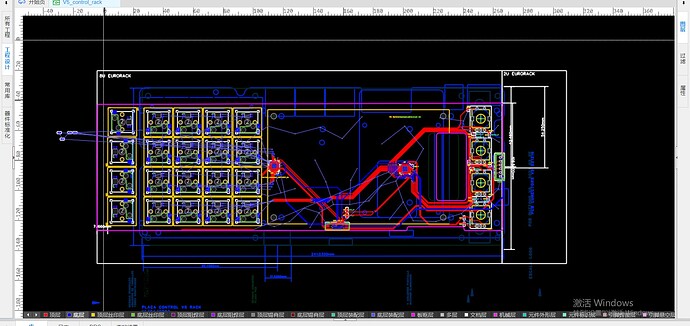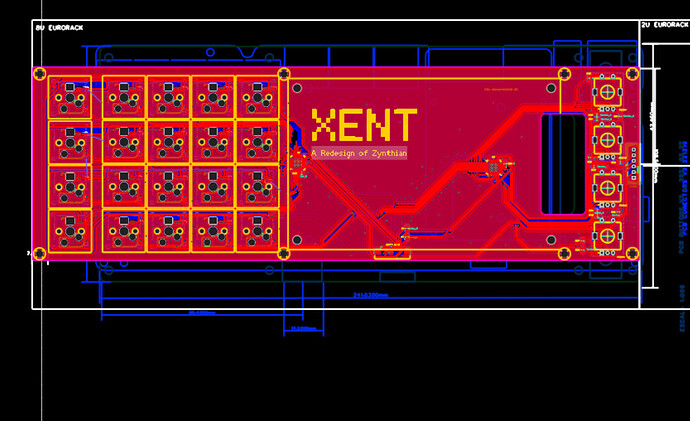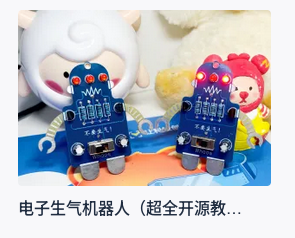Hello everyone!
We are the RapidPulze Team, and I’m Canny Xie, the leader and founder. We are proud to be the first and only team in China dedicated to designing innovative music devices. Over the years, our team has developed numerous designs, contributing significantly to the local music technology scene.
A few months ago, I discovered the Zynthian project and was thrilled to learn that it is open-source. I realized that Zynthian represents the perfect foundation for creating accessible and customizable music hardware. Inspired by this, we decided to design a system based on Zynthian, tailored to meet the needs of musicians in China.
Introducing the name of XENT
XENT is our initiative inspired by the Chinese transliteration of “Zynthian” “玄天” The name of “玄” comes from China’s ancient religion of Taoism,combines elements of mystery and fantasy, reflecting the expansive possibilities we envision for this project.the name of "天"means sky,It symbolizes the vast possibilities of the sky.
(i made this LOL)
![]()
![]()
![]()
![]()
![]()
Main Objective
XENT goal is to develop a lower-cost version of Zynthian without compromising on quality. In China, the majority of musicians rely on DAWs (Digital Audio Workstations) for their music production, as not all can afford commercial hardware synthesizers. By utilizing XENT, we aim to provide a more affordable solution, making the Zynthian system accessible to a broader audience and fostering greater interest in open-source music hardware.
Strategy for Promotion
XENT plans to promote the Zynthian system in China through a cost-effective product strategy, similar to how the Arduino UNO has been successfully adopted. We believe that creating affordable replicas will not only help in spreading the project but also boost the sales of the original Zynthian by increasing its visibility and user base.
Current Progress
The XENT project is more than just an idea; our team has already made significant progress tailored to the Chinese market, specifically based on the V5 version of Zynthian. Here are some of the improvements we are implementing:
- Casing: Replacing the original metal case with acrylic or wood-cut alternatives to reduce costs and offer different aesthetic options.
- Size: Designing for compatibility with the EURORACK standard, allowing easier integration with existing setups.
- Buttons: Substituting the original silicone buttons with mechanical keyboard switches for a better tactile experience.
- Component Redesign: Redesigning some of the more expensive components to make the system more affordable.
Phased Development Plan
We intend to achieve our goals through several phases:
- Phase 1:
- Power Supply: Reworked the V5 power supply (DC-DC) using affordable yet high-performance components.
- Button Replacement: Replaced silicone buttons with mechanical keyboard switches and redesigned the button layout.
- Engineering Tools: Utilizing EasyEDA for our engineering work by importing original KiCad files.Progress: We have already completed a significant portion of Phase 1.
- Future Phases:
- Audio Components: Replace the audio DAC and ADC with more cost-effective solutions like the PCM5102. Although I personally appreciate the original “Hi-Fi enough” design (a nod to a popular Chinese joke), affordability remains a priority.
- Processor Upgrade: Replace the Raspberry Pi 4 with the highly affordable RK3399 chip from China’s ROCKCHIP company. Currently, RK3399 chips can be sourced for as low as $2 USD second-hand through certain channels, compared to the Raspberry Pi PICO at $1 USD. While our team has the expertise for high-speed PCB design, this transition poses a significant engineering challenge and is not planned for the short term. Additionally, we need to consider porting applications to RK3399 and customizing the firmware package. There may also be other more suitable and cheaper Chinese chips available.
Questions and Considerations
We have a few questions regarding the open-source nature of Zynthian:
- Commercial Sales:
Most of Zynthian’s hardware and software are open-source, including the PCB under the CC-BY-SA license. If we adhere to the open-source license and open-source our own designs, are we permitted to commercially sell our low-cost Zynthian version, such as XENT? - Future of Zynthian Project:
Currently, the Zynthian project appears to be an open-source hardware platform organization, with official kits sold by the original authors. In the future, do you plan to evolve into a company, or follow a path similar to the Raspberry Pi Foundation?
Our Offer to the Zynthian Community
Additionally, we are eager to contribute to the Zynthian mainline. We can provide valuable resources related to the Chinese supply chain and have extensive knowledge of affordable Chinese-made components, which can help in sourcing high-quality parts.
Join Us!
If you are interested in the XENT project, please feel free to leave a message here. We also look forward to receiving official responses to our questions regarding the permissibility of our project.
Thank you for your support!
(this is what we are doing inprogress)


